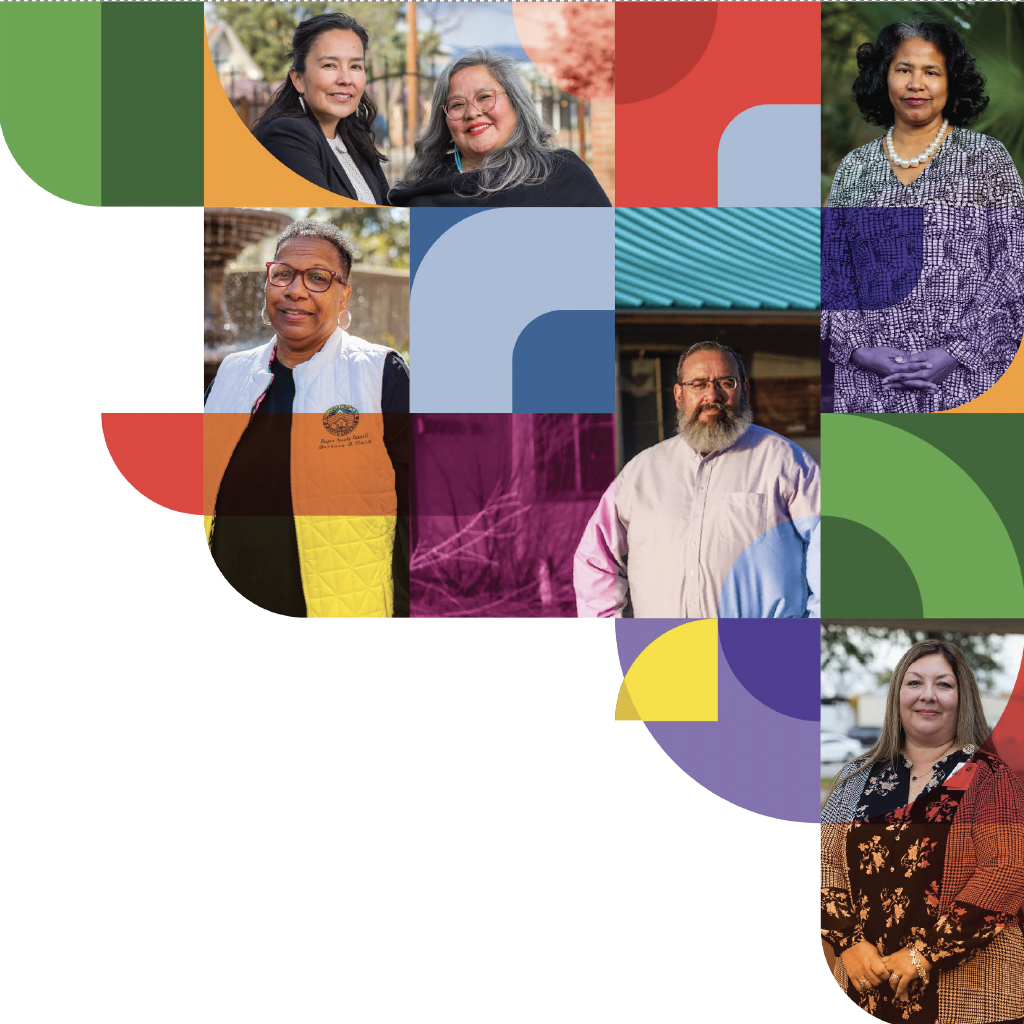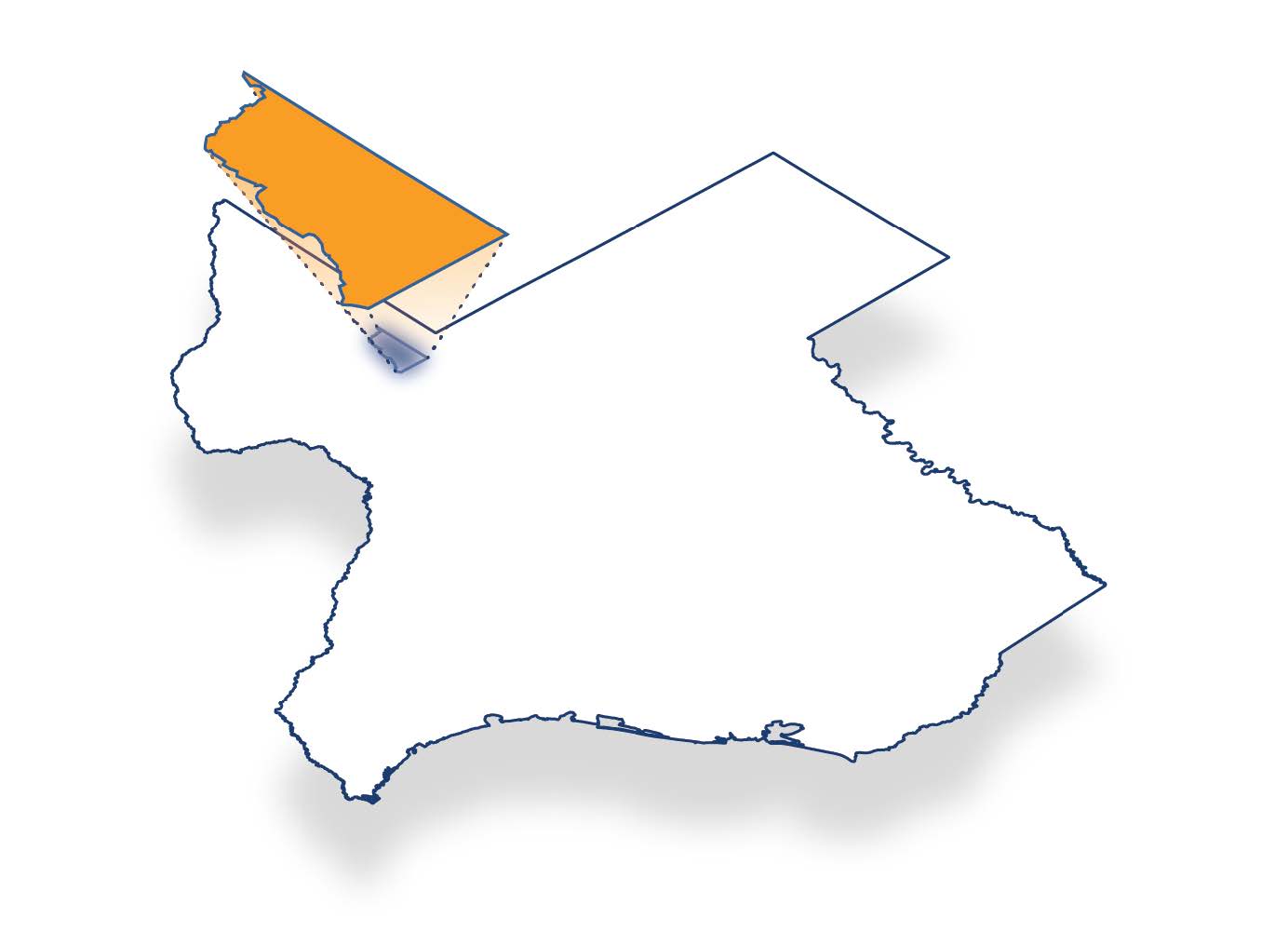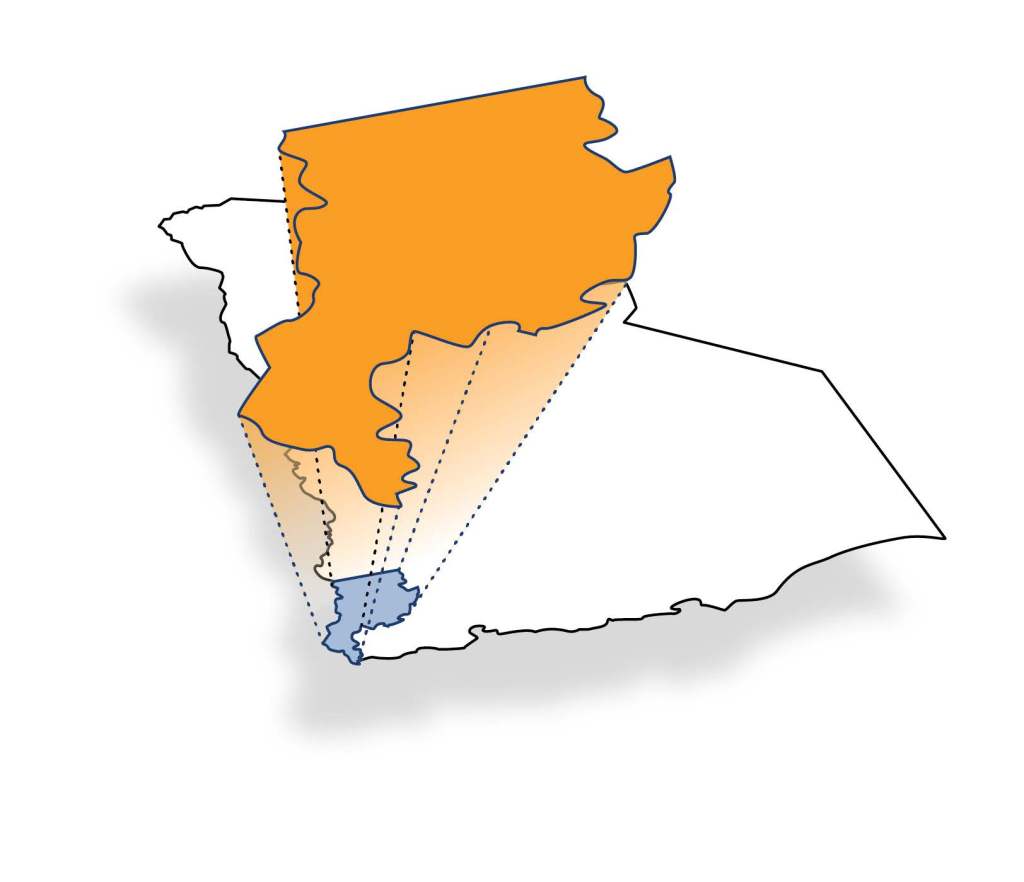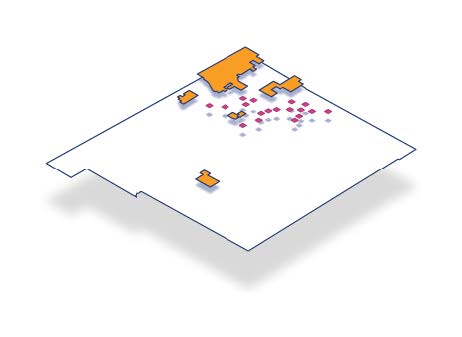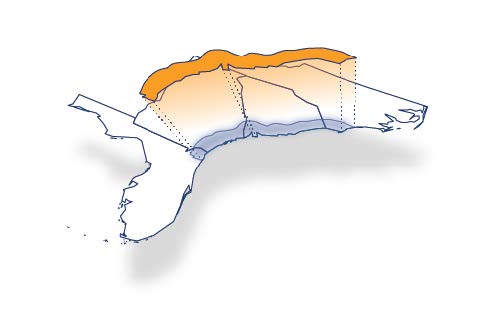The Inclusive Opportunity Project
AUGUST 2022
Valuing rural minority communities: Inclusive growth, broadband, and leadership
Candid conversations on structural racism have encouraged social scientists to recast issues of race, place, and inequality by adopting a new racial equity view.
Fortunately, the pivot toward more conscientious research has not been lost on economists committed to improving the human condition. Studies of rural communities have taken center stage in this new interest. At the same time, scholars have added to the volume of empirical studies on rural communities. Many hew to the mainstream path that draws on volumes of static datasets lacking the capacity to model rural America’s true complexity and variation.
However, classic empirical analyses often fail to sufficiently describe the breadth of rural America’s diversity. Rural minority communities sitting at the intersection of racialized and isolated places are of particular concern within this lacuna. Studies of these communities will expand the framework necessary to accommodate their distinct needs. Yet even when economists pursue this aim, practical research overlooks Indigenous communities of color. We argue that researchers should carefully attend to the experiences of rural minority communities. We explicitly include Indigenous groups, traditional groups such as Native Americans, and those less visible like the Gullah/Geechee because their interests are only partly reflected in today’s federal rural policy framework.
Which rural minority communities are growing? What are the strategies behind these growth-oriented communities? Answers to these questions are central to this report; we illuminate inspiring leadership regimes and strategic policy models that are drawing in people and jobs to rural minority communities. While economic turmoil stemming from the COVID-19 pandemic has compromised most urban communities, the prevailing consensus suggests they will recover fully. However, the impact on rural minority communities, which are typically less resilient than others to macroeconomic turbulence, remains in question. The analysis in this report is timely and relevant to policymakers and social actors devoted to securing equitable prosperity for rural America’s vulnerable communities.
We capitalize on a wealth of publicly available administrative data to outline these economies and deconstruct trends in employment, business creation, broadband adoption, and the labor force. To ascertain the regenerative strategies underpinning selected growth outliers, we draw on extensive field interviews within each community to highlight stories about shaping these places’ capacities and trajectories. We interviewed economic development leaders, mayors, Chamber of Commerce representatives, nonprofit founders, and minority- and women-owned business representatives to unpack their visions for growing secure futures.
Download the documents:
Several policy-related conclusions emerge from our analysis:
- Building institutional capacity: Breaking path-dependent cycles of decline and disinvestment requires creative leaders to be invested in rural minority communities’ value and potential. Because leadership matters, it is pivotal that decision-makers across public, private, and philanthropic networks collaboratively invest and direct institutional resources toward building leadership to implement strategies and experiment with new theories of change.
- Infrastructure: Reinforcing the economic environment is critical to attracting incumbent businesses willing to relocate to cheaper housing markets or those searching for places with strategic access to e-commerce distribution nodes and global trade gateways. Fostering the establishment of new firms calls for substantial local investment in broadband technology and complementary infrastructure.
- Understanding local competitive advantage: These areas must identify and leverage local natural and human capital resources to enhance economic growth and development in a sustainable fashion. Examples of these assets include regional institutions, natural resources, and historical/cultural attractions.
- Demographics: To thrive, it will be vital for these areas to retain young, college-educated workers and to attract prime-age working families. These objectives require job opportunities, affordable housing, and quality investments in community-centric placemaking strategies.
- Federal rural development partnership: Federal partnership is essential to institutionalizing prosperity in rural America’s divested places. However, the conventional top-down approach to rural policymaking vested in a single agency is counterproductive. The needs of rural minority communities call for a new partnership model that establishes a whole-of-government rural development mandate and coordinates federal policy across agencies to support and amplify local community development efforts.
This report sheds light on regenerative strategies inspired by a diverse group of individuals committed to their local communities’ vitality. Many approaches are replicable in other contexts and can motivate new ideas or experiments. We encourage readers to critically examine the frameworks we present and to appreciate the tremendous heterogeneity shaping outcomes and trajectories, especially the many ways community leadership manifests in the success stories of rural places.
Report and case studies
Click on the icons to read more
Majority-minority counties tend to be in the south, southwest, and western parts of the United States.
As pictured in Figure 2, Black-dominant counties are generally in Mississippi and Alabama or the coastal areas of Georgia and South Carolina. Hispanic-dominant areas are typically concentrated along the Rio Grande Valley area that forms the border between Texas and Mexico as well as in significant portions of New Mexico and Arizona. Lastly, counties that are majority Native American are mostly in the Great Plains.
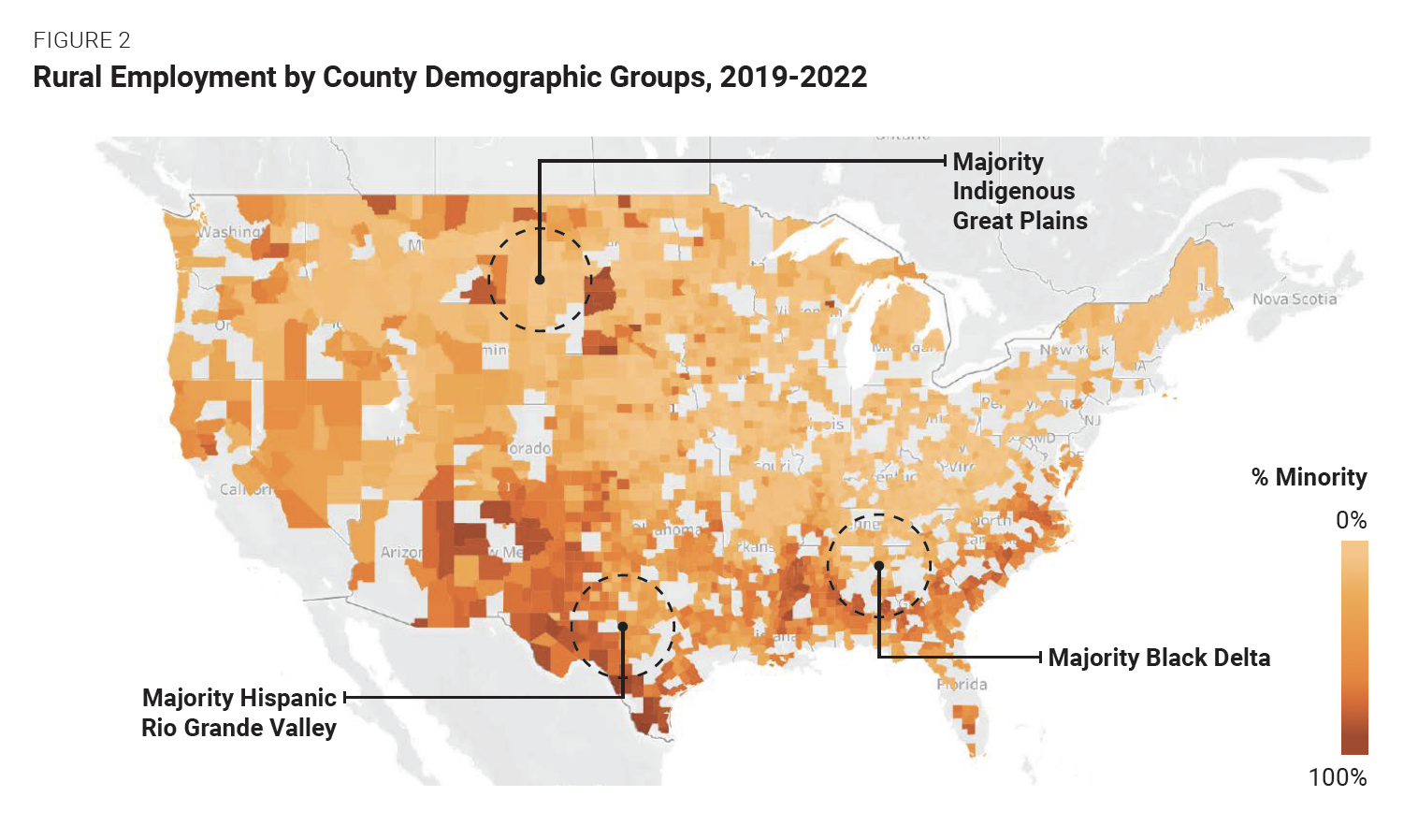
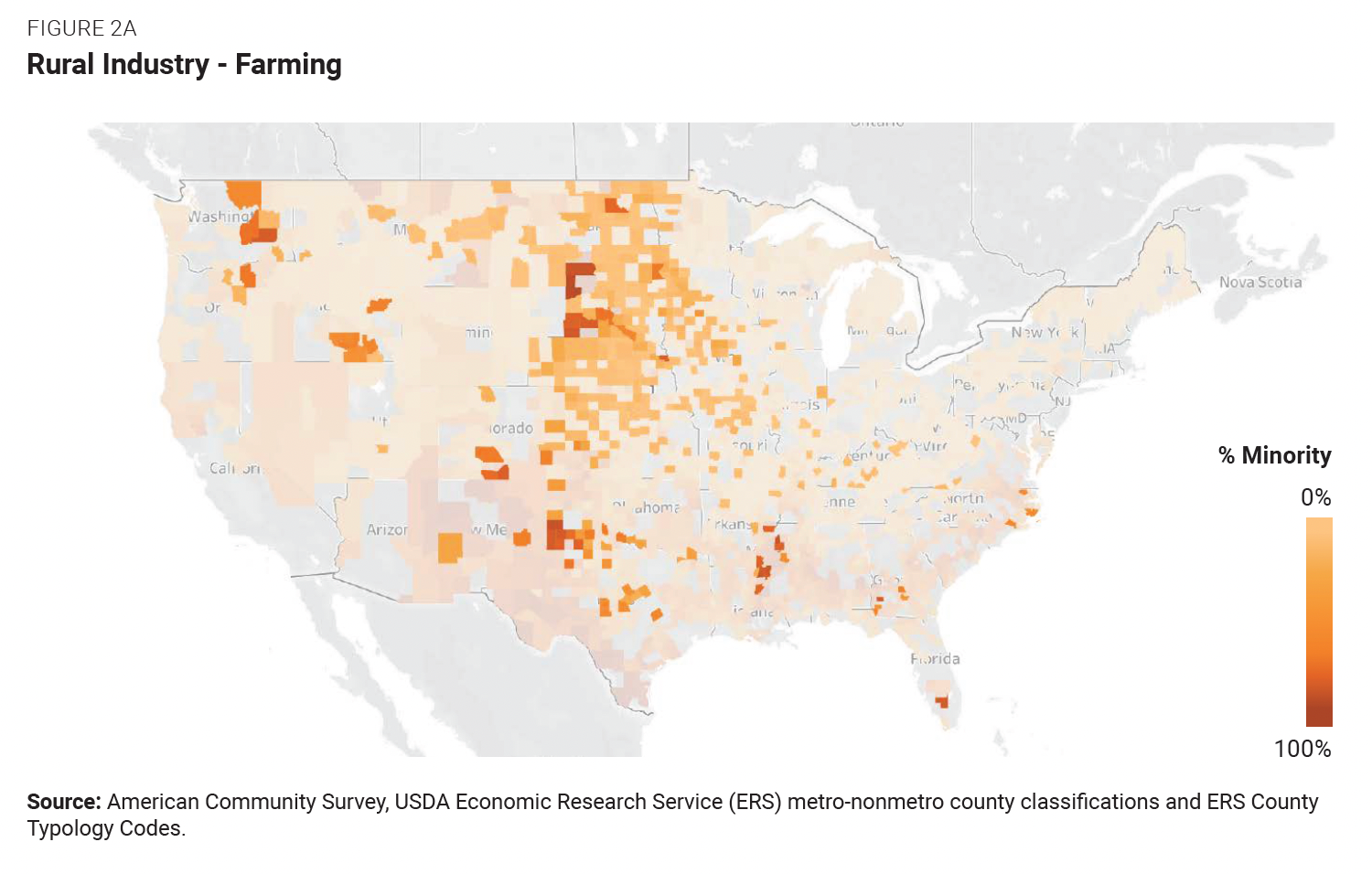
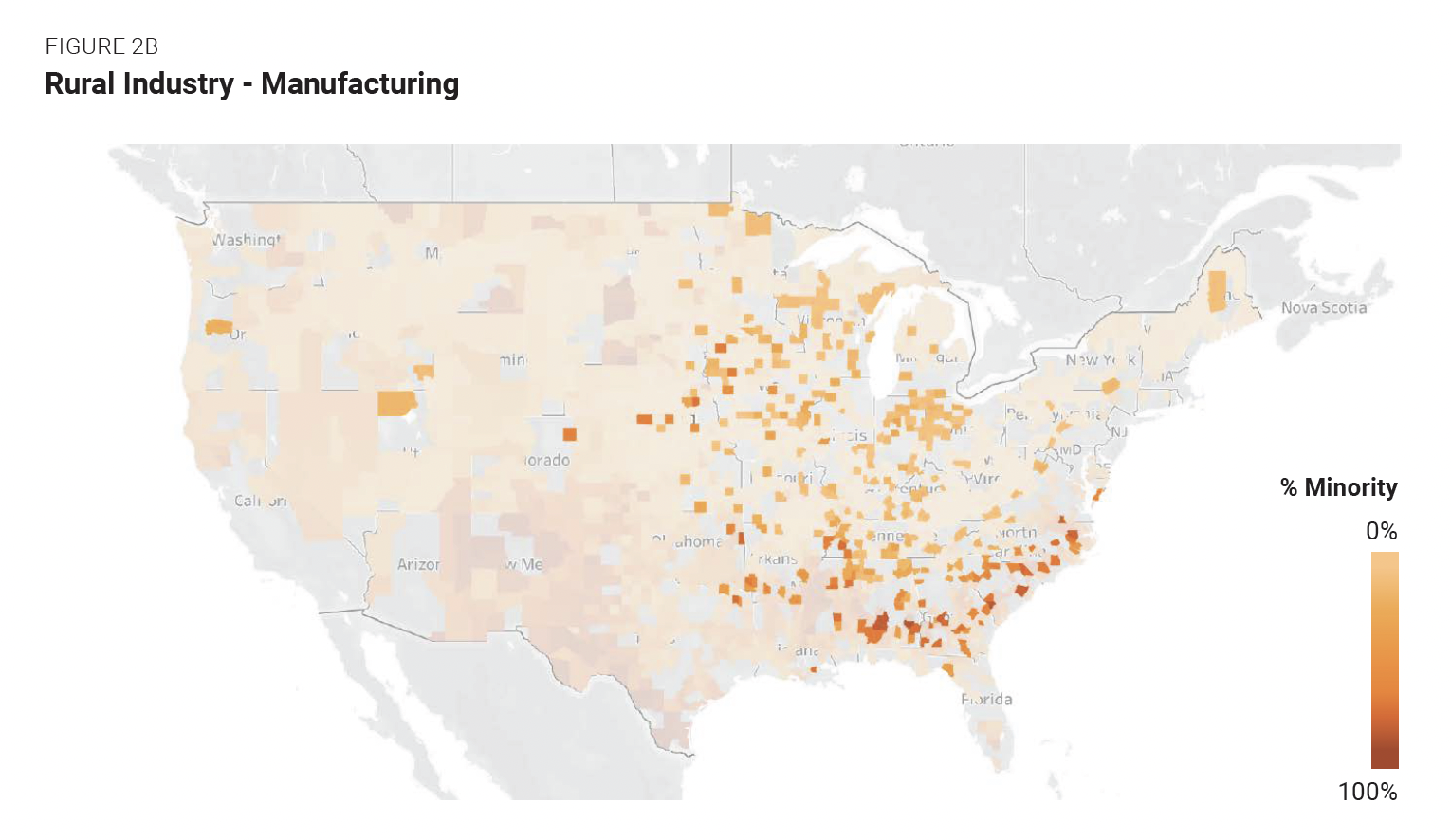
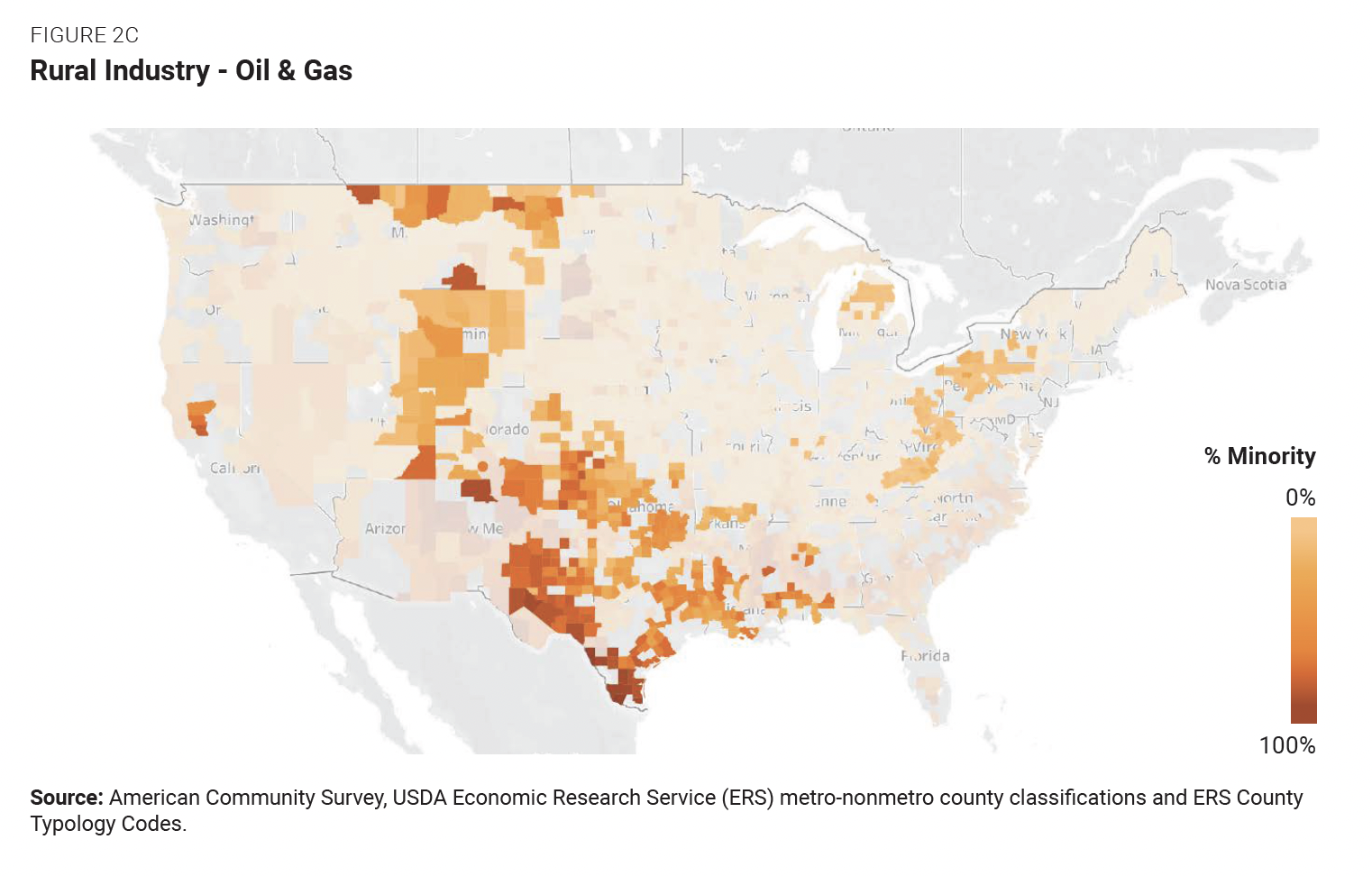
Below are photos capturing significant actors from each case study community who contribute daily to its economic advancement. View the full Flickr gallery to learn more.

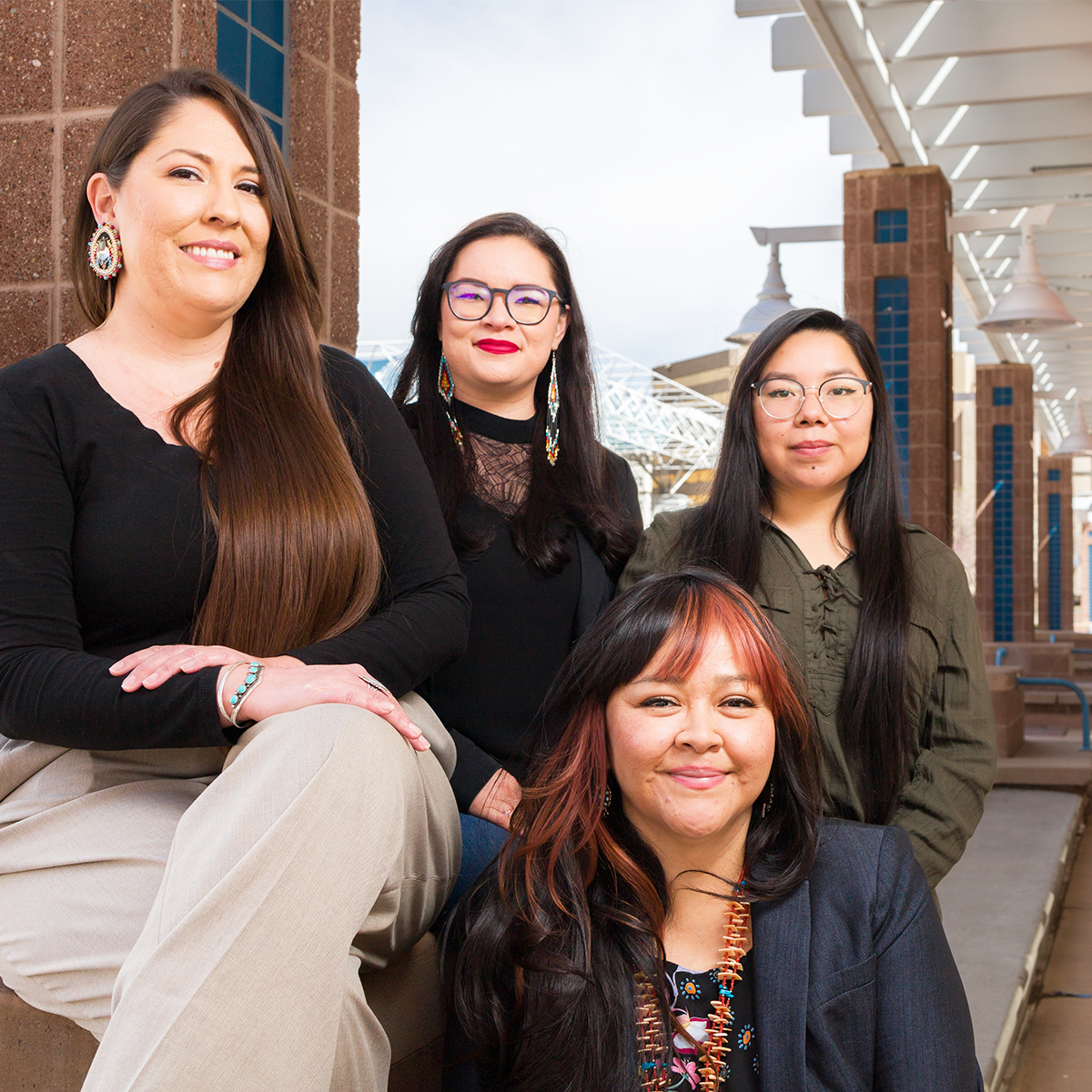

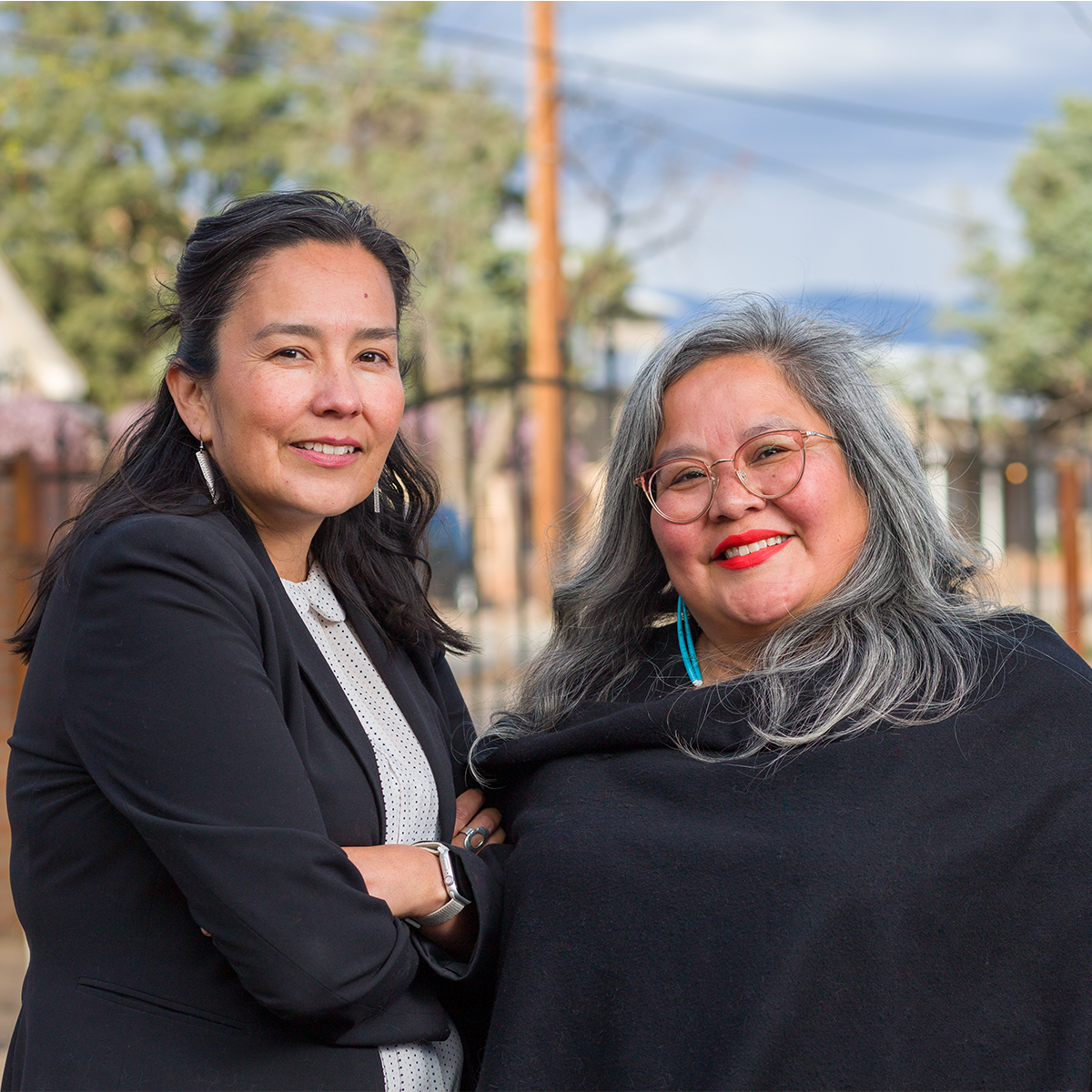
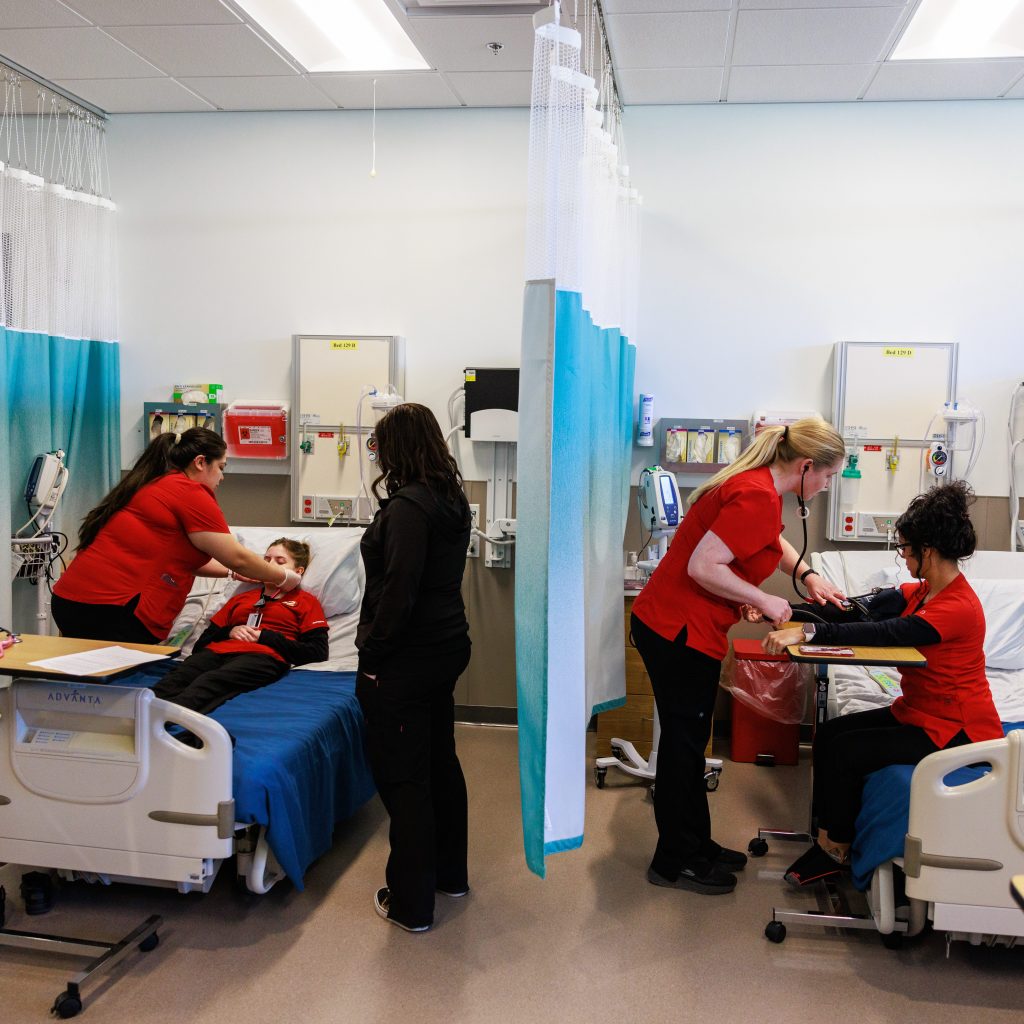
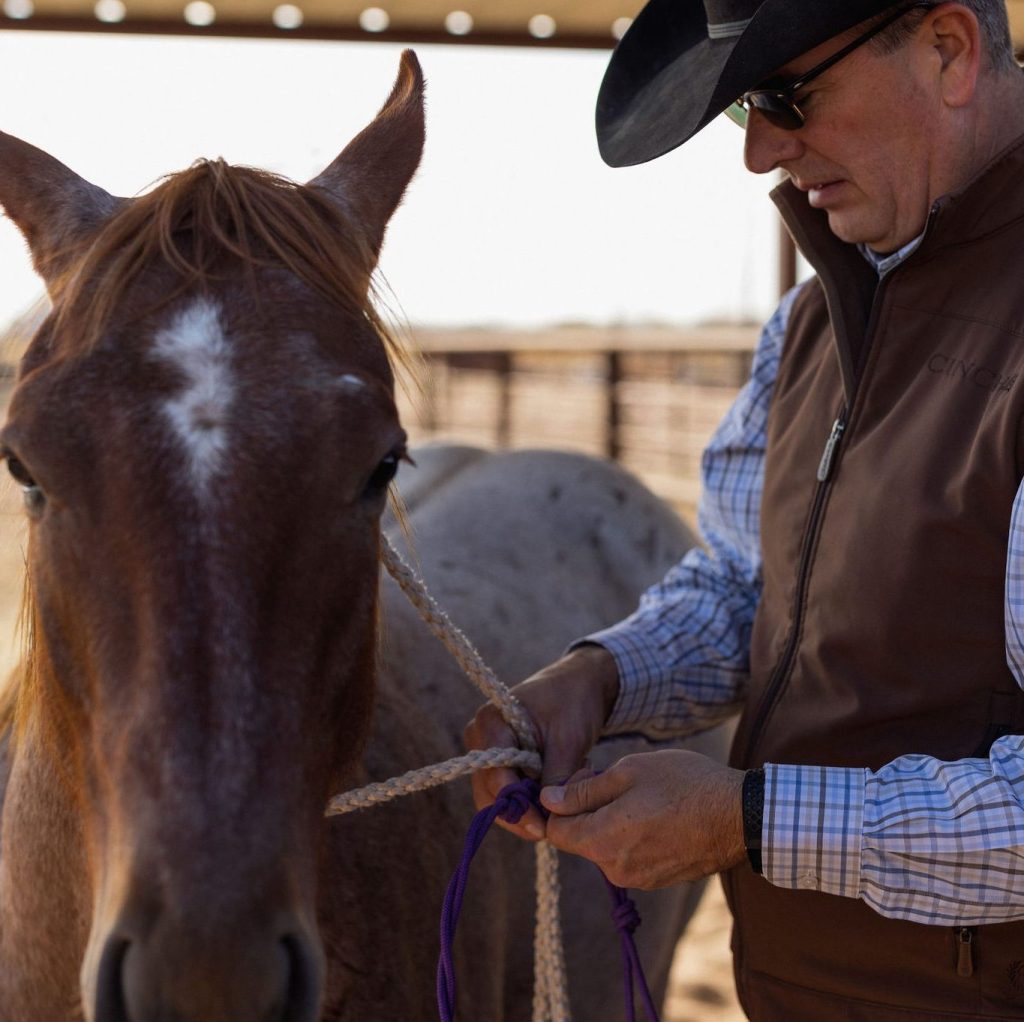
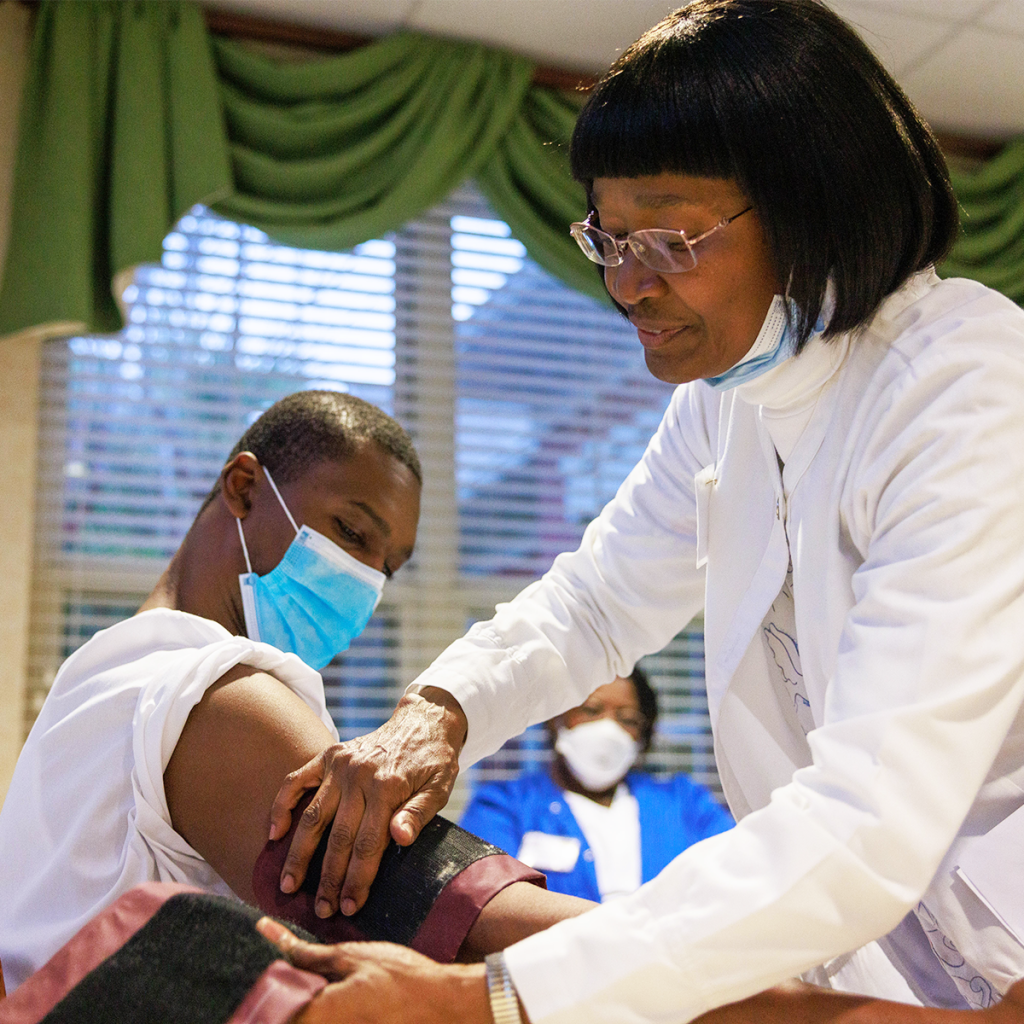
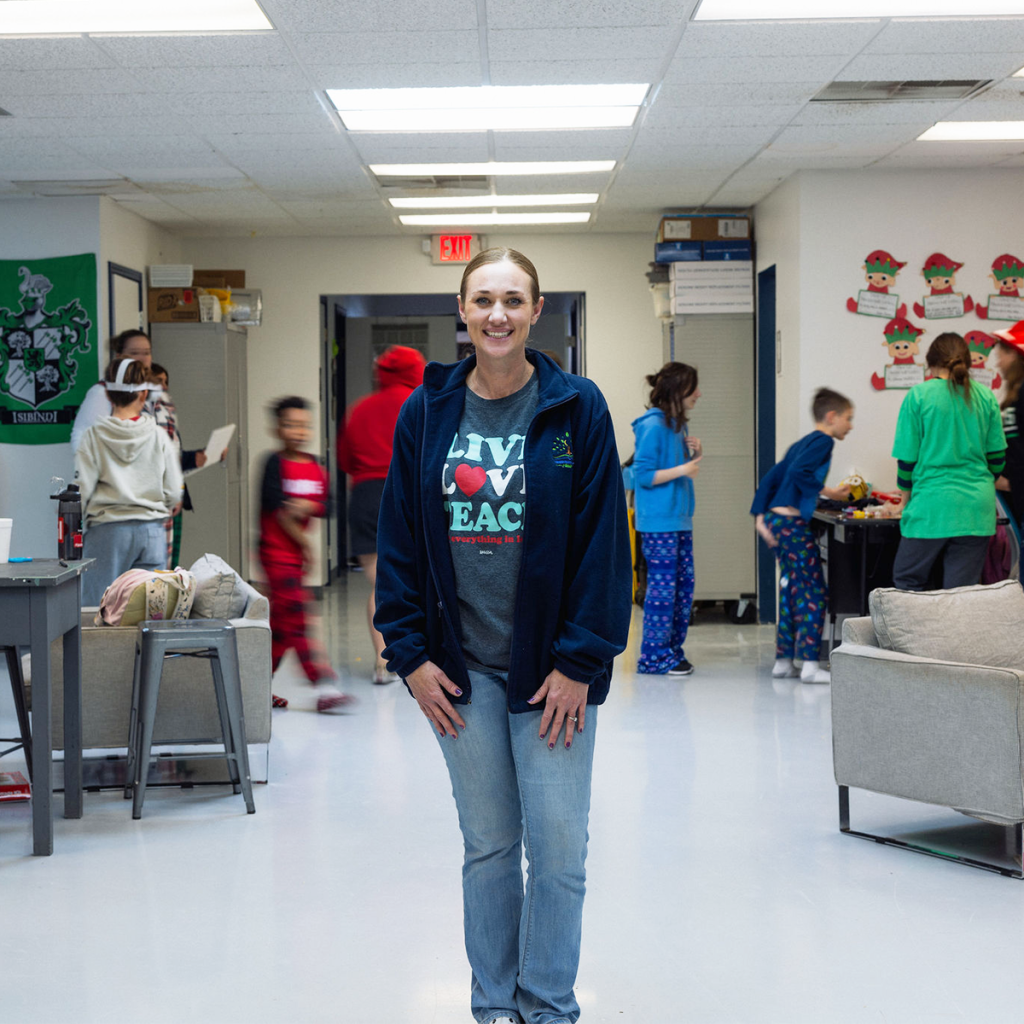

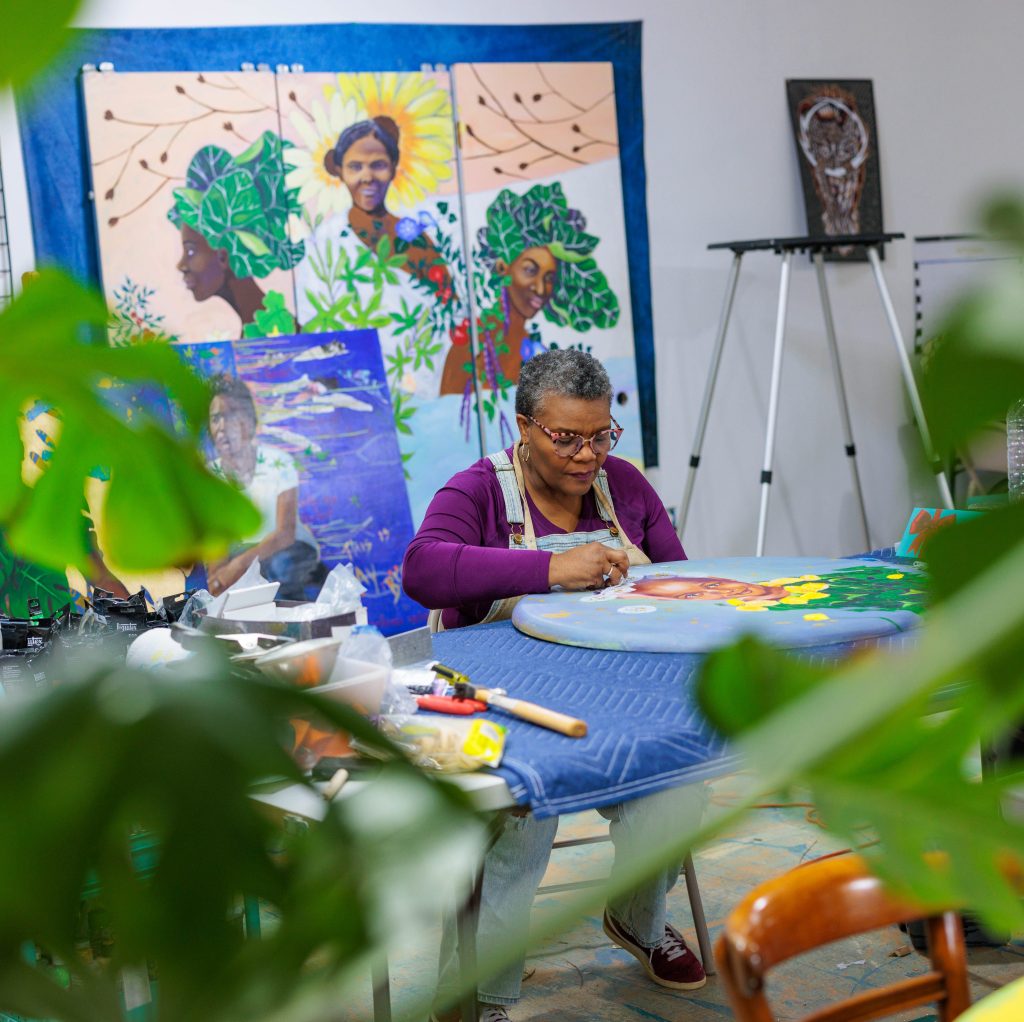
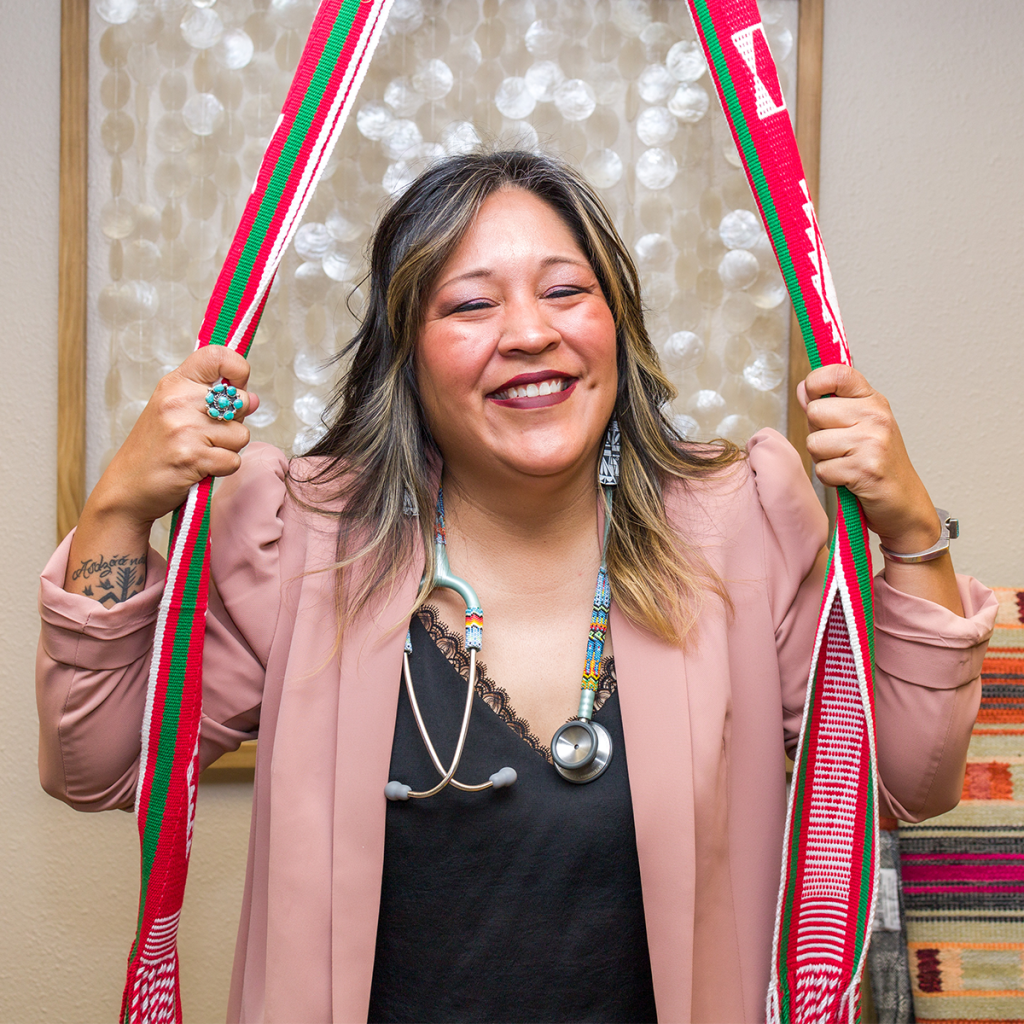

Acknowledgements
We wish to thank Google.org and Walmart Foundation for their generous support. The findings, interpretations, and conclusions in this report are those of the authors and do not necessarily reflect positions or policies of donors. Brookings recognizes that the value it provides is in its absolute commitment to quality, independence, and impact. Activities supported by its donors reflect this commitment.
The authors thank contributing consultant Marcus D. Casey for his invaluable insights, constructive feedback, and generous thought leadership throughout the development of this multifaceted project. We are indebted to the various members of our research team, including the talented interns, who carried us along the way. Samantha Elizondo deserves special recognition for her tireless efforts to support this work. We would like to thank Dave Cooper for his photography featured in the empirical report, Lea County, Jasper County, Ward County, and Gullah/Geechee case studies. We would also like to thank Mateo Perez for his photography featured in the Pueblos and reservations of New Mexico case study.
About the Brookings Institution
The Brookings Institution is a nonprofit organization devoted to independent research and policy solutions. Its mission is to conduct high-quality, independent research and, based on that research, to provide innovative, practical recommendations for policymakers and the public. The conclusions and recommendations of any Brookings publication are solely those of its author(s) and do not reflect the views of the Institution, its management, or its other scholars.


